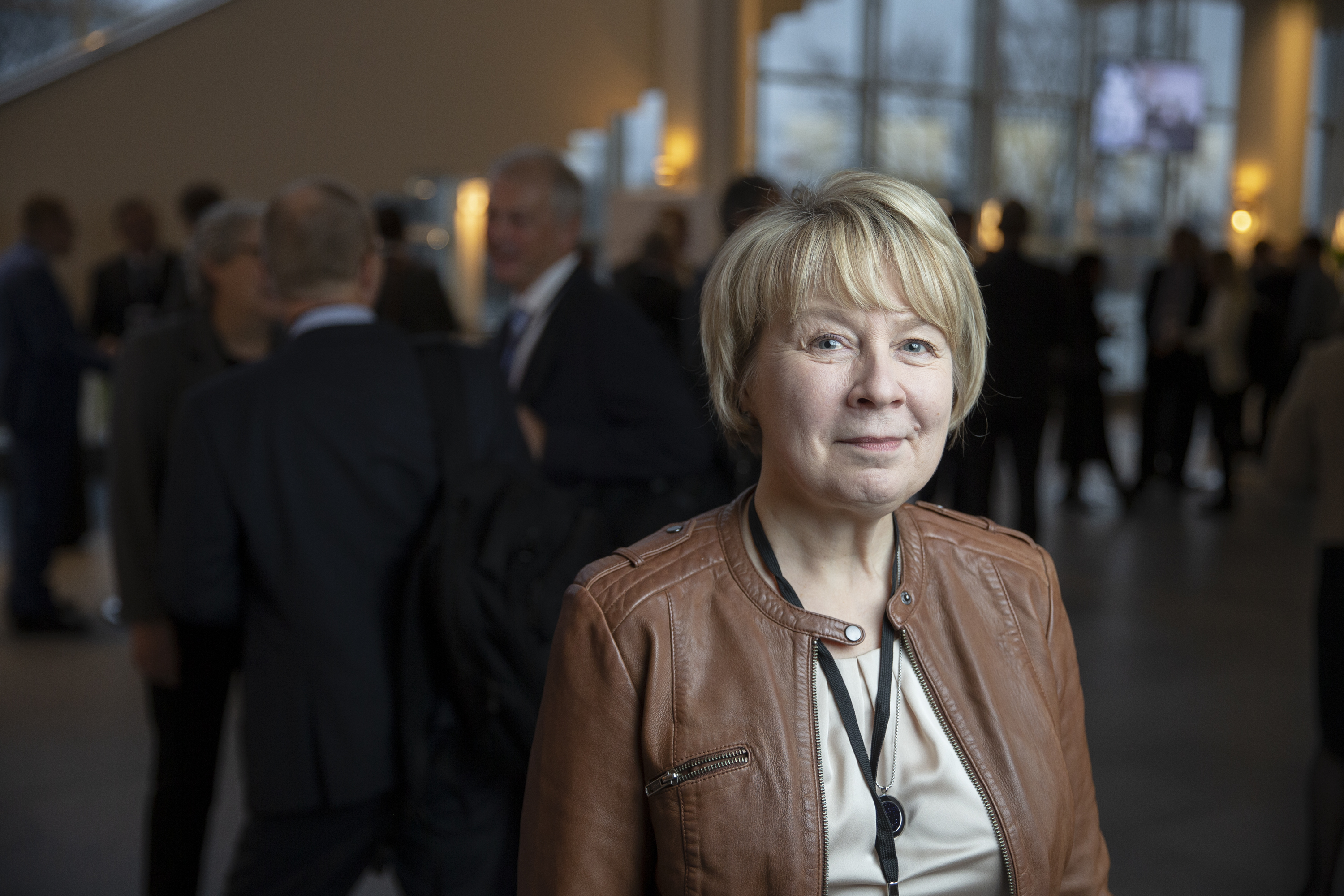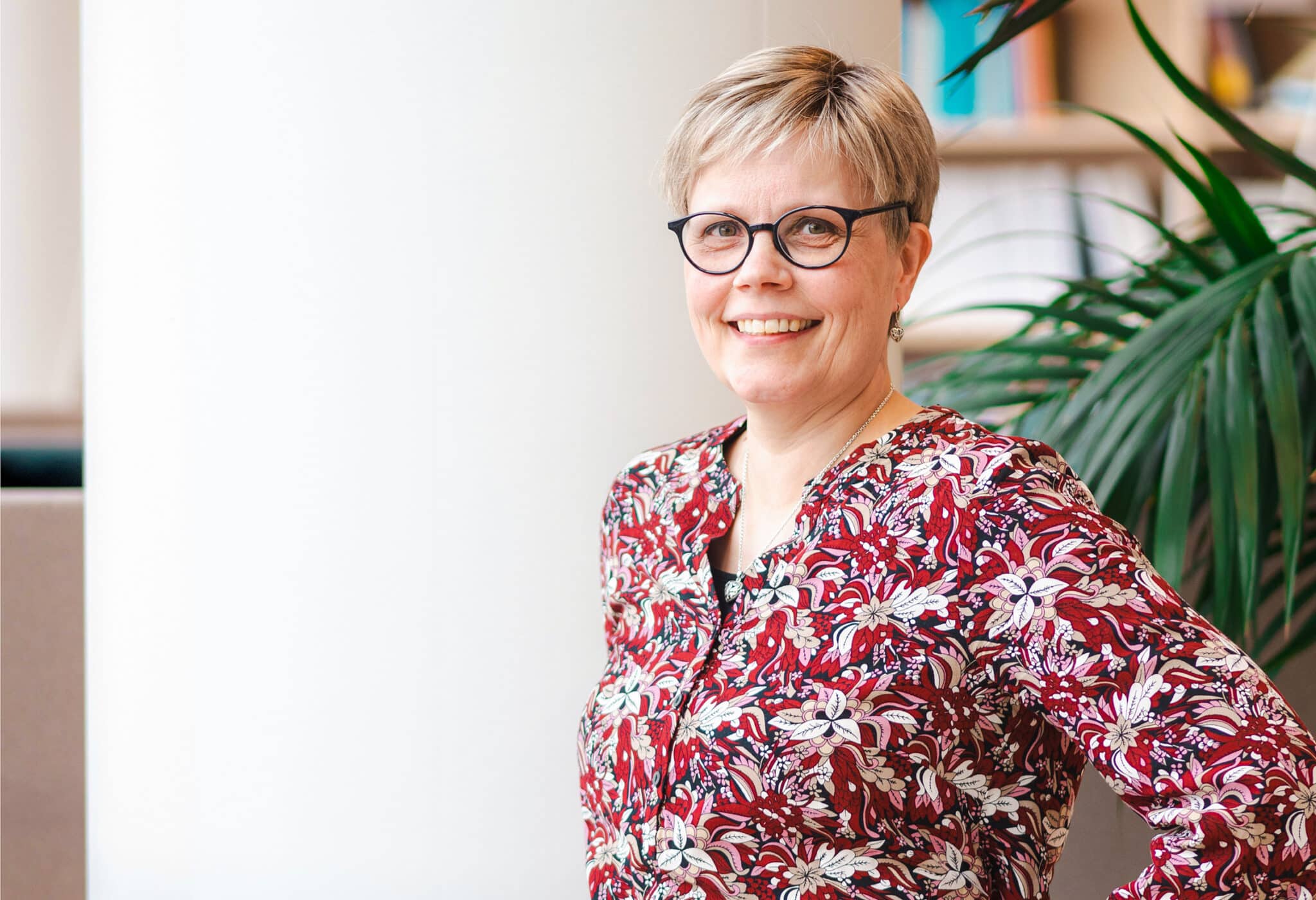The European energy sector is transitioning away from a centralised structure of power generation based on fossil fuels towards a clean, digitalised and consumer-centric system characterised by distributed decentralised resources, such as solar panels, other small-scale forms of generation and energy storage. Society is become increasingly reliant on electricity, as it is the key to reducing emissions.

“It is important that ENTSO-E’s vision brings market-based solutions together with power system operations. Markets cannot be separated from physics. As the electricity market moves toward real-time activity, operations and market development must occur in tandem,” says Asta Sihvonen-Punkka, Executive Vice President of Markets at Fingrid, who is analysing the vision for 2030.
Trading will become more frequent while the network will set constraints
In many European countries, electricity markets still work in one-hour periods, but the rhythm is constantly accelerating. The coming years will see the emergency of 15-minute markets. The drivers will be weather-dependent generation and demand-side response to provide the required flexibility – hour-long trading periods are much too long for both of these. Market operators also want to trade as close to the moment of delivery as possible to enable better reactions to fluctuations in generation and consumption.
“The opportunity to trade on real-time markets – whether they operate in genuine real time or very close to it – is a big consideration as we increasingly transition toward renewable energy and we have a lot of variable generation, mainly in the form of wind power, which will increase sharply in the coming years,” says Sihvonen-Punkka.
Studying the granularity of market areas
The present electricity market model is closely tied to European legislation, which takes time to enact, even before substantial amendments are considered.
In terms of the key questions, the alternatives for developing the model relate to the geographical granularity of markets, the length of trading periods, trading forms on intraday markets, the role of transmission system operators in controlling the system and markets, and arranging marketplaces for various services.
The questions surrounding the granularity of market areas concern whether markets should be divided into smaller supply areas that reflect the narrow arrangements of transmission grids or whether to aim for a competitive climate that is as equal as possible for market operators by offering a unified market area.
“Price areas and the need for related changes are constant topics of debate in Europe as well as in the Nordic countries,” states Sihvonen-Punkka.
Market-based or national variants?
ENTSO-E’s vision for 2030 is merely the first step. It would permit different national solutions and variants in the EU within certain limits. This could lead to complications for market operators. An important aspect for the market is that the rules of the operating environment are as similar as possible. Market operators always incur additional costs and workloads when they need to make adjustments. National idiosyncrasies may also serve to protect national operators, thereby preventing the genuine realisation of an internal market for electricity.
Preparations for the forthcoming phases of the revolution must begin now. Changes will take place on many levels: European, potential regional, national and company-level changes. The vision calls for network constraints to be reflected more effectively in the markets and price signals. Real-time markets are growing in importance and electricity market products are becoming shorter in duration with smaller unit sizes, which is a product of the system’s decentralisation, carbon reductions, digitalisation and consumer participation in the market. Transmission and distribution system operators will work in closer coordination as decentralised, flexible resources become more widespread.
Fingrid is engaged in close dialogue with stakeholders and is seeking market-based solutions to enable the energy revolution. Through actions such as pilot projects to test demand-side management and aggregation and developing rules, the company has increased the amount of demand-side management and the participation of small sites in the balancing power and reserve markets.
“It is important for us to seek new solutions to help the power system to adapt to the revolution cost-efficiently and on market terms while maintaining system security. We aim to play a role in promoting and enabling the transition to a clean power system,” says Sihvonen-Punkka.









